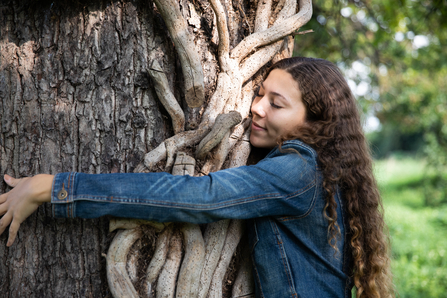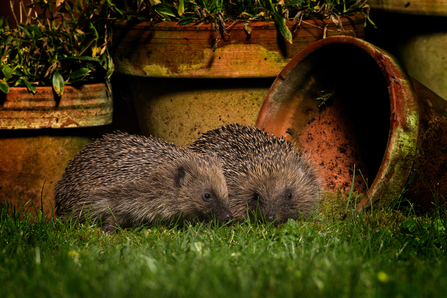Conservationists have warned of rapid declines in the number of hedgehogs and migratory birds in a new global assessment announced on Monday 28th October amid COP 16 by The International Union for Conservation of Nature (IUCN). The red list also includes trees for the first time, as almost 40% of the world's species of trees are now at risk of extinction.
“We are releasing the global assessment of the world’s trees on the IUCN Red List, which shows that more than one in three tree species are threatened with extinction,” Dr. Grethel Aguilar, director general of the IUCN, said in a statement. “Trees are essential to support life on Earth through their vital role in ecosystems, and millions of people depend upon them for their lives and livelihoods.”
The number of threatened trees now outweighs all threatened birds, mammals, reptiles and amphibians put together, according to the latest update. Factors such as climate change, deforestation for urban development and agriculture, as well as invasive species and diseases, are threatening our trees. Among the most threatened are magnolias, oaks, and maples.




